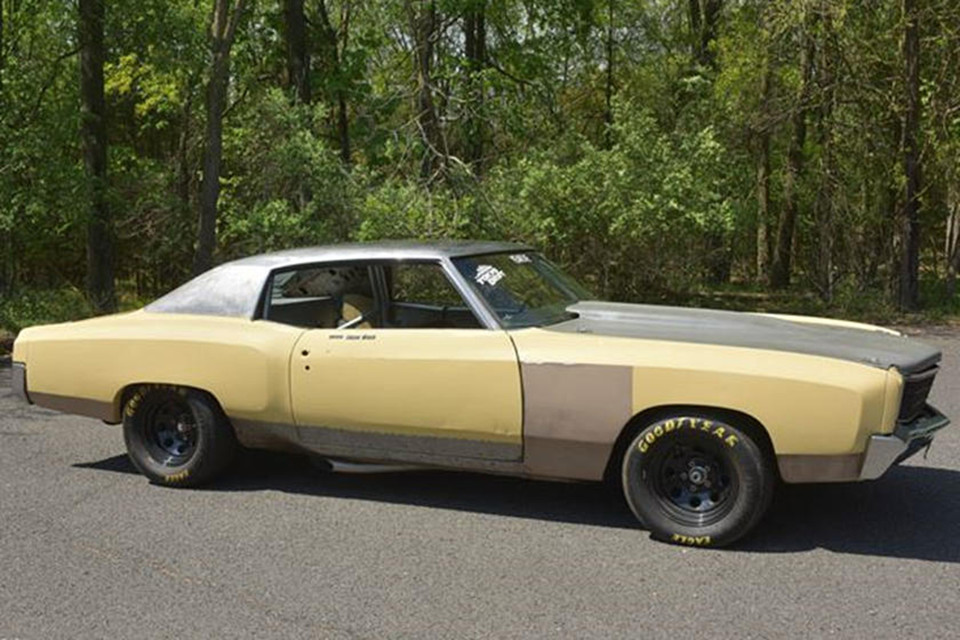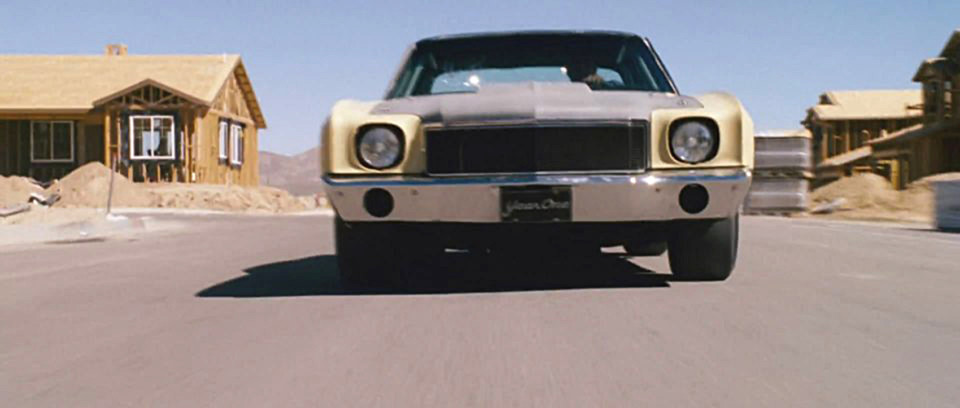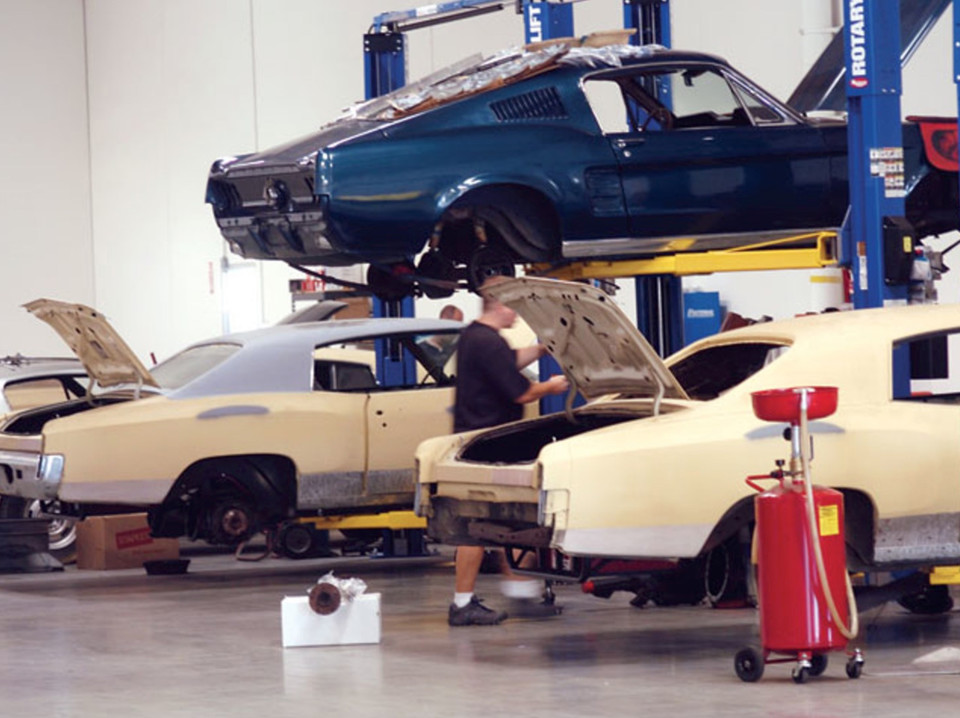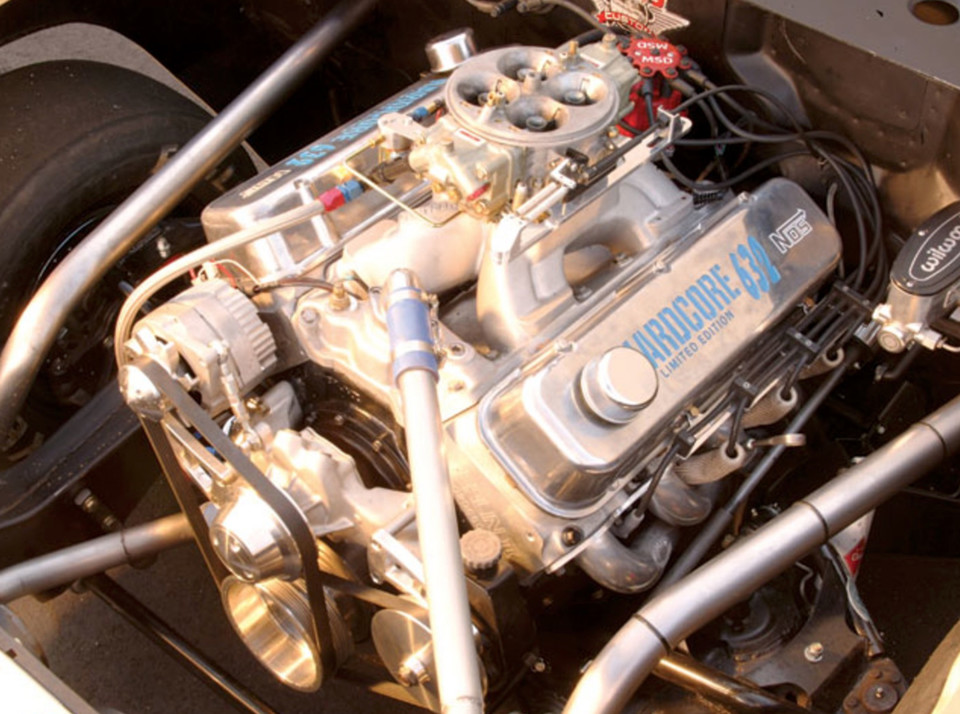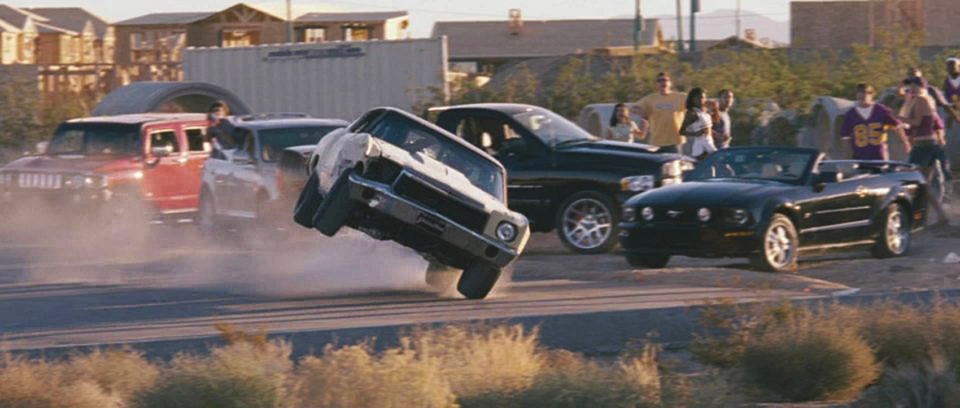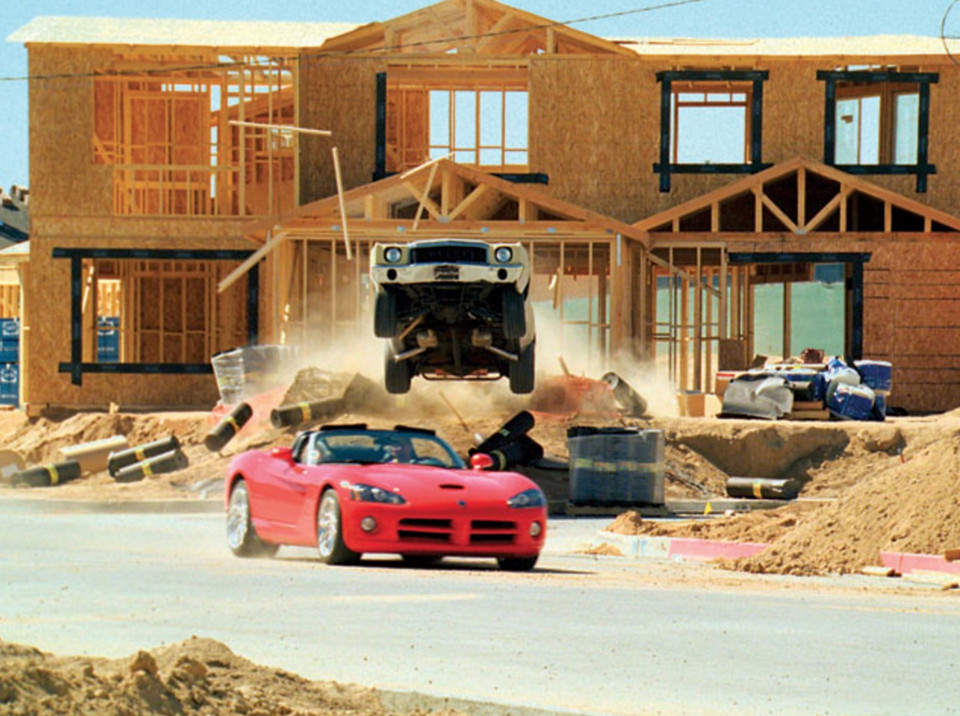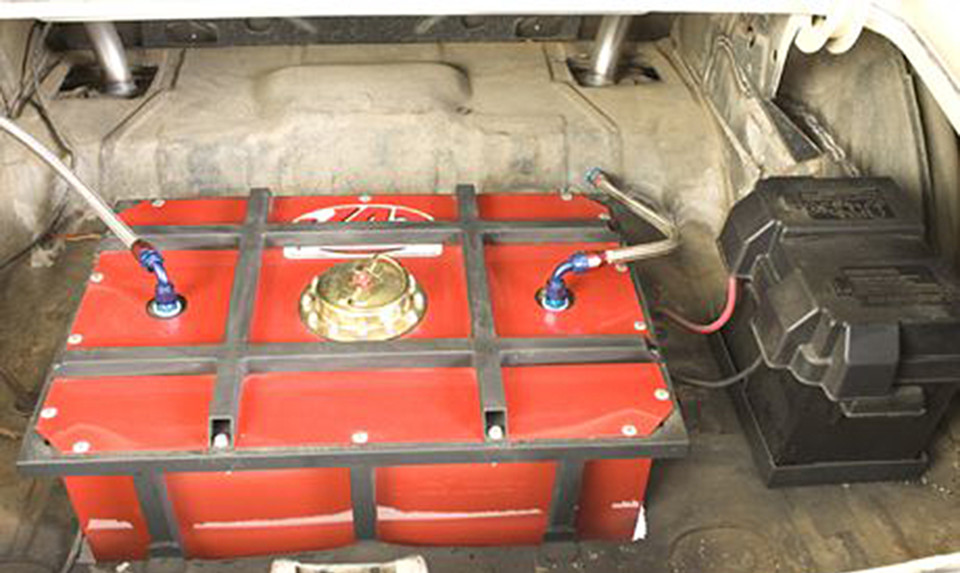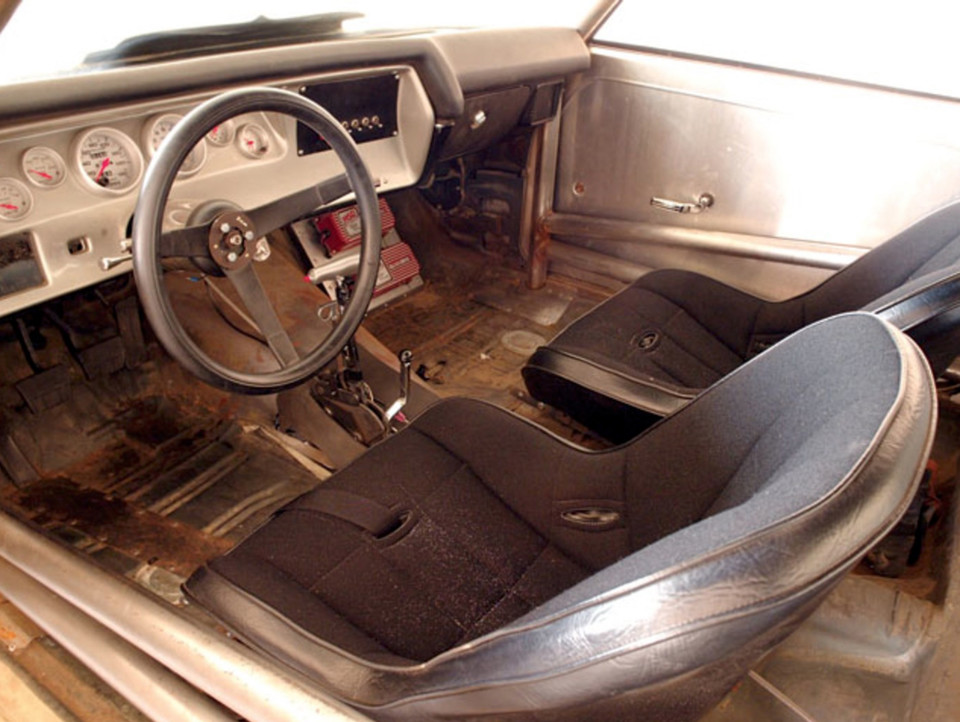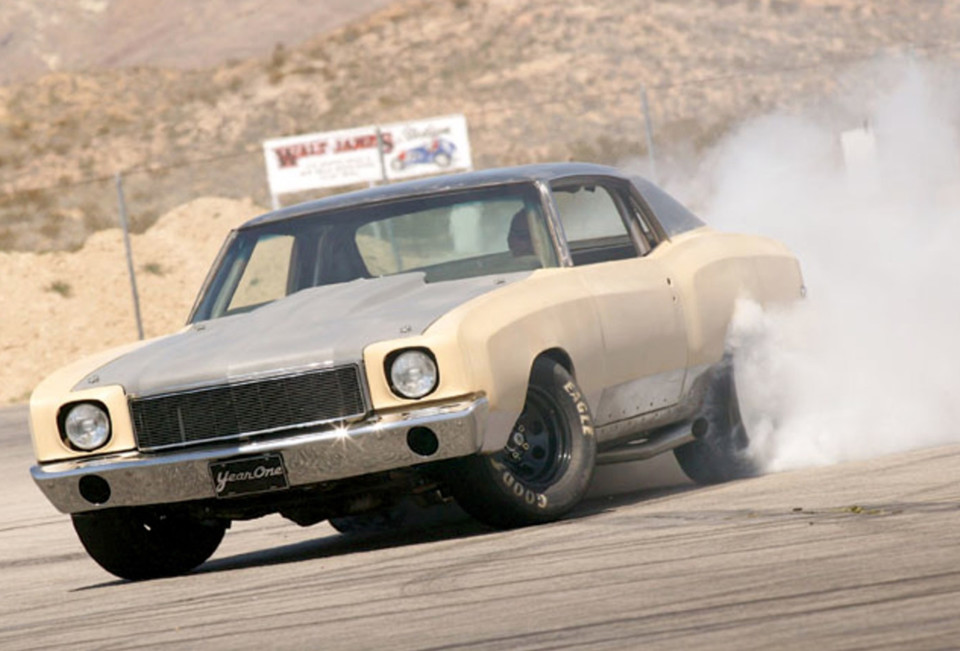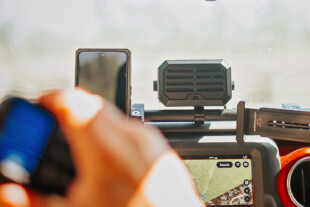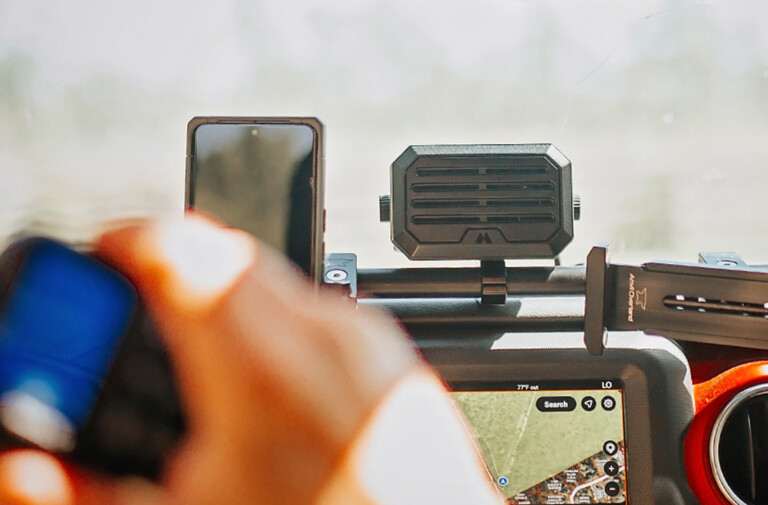I’ll get this out of the way right off the bat. I’m not a big fan of the Fast and the Furious franchise. I thought the original film was a fresh and terrific spin on the car movie genre but was increasingly disappointed by each subsequent iteration, which, quite frankly, managed to outdo the one that preceded it in terms of utter preposterousness and hackneyed storytelling.
Having said that, there is no doubt that the series has given us some pretty fantastic cars, ranging from modded-out Japanese rockets to serious American muscle. With that in mind, I thought we’d take a look at one of the automotive stars from the third installment of the franchise, the 1971 Chevrolet Monte Carlo from Fast and the Furious: Tokyo Drift.
Tokyo Drift was released in 2006 and starred Lucas Black as Sean Boswell, a troubled kid who enjoys street racing, and who gets sent off to Japan to live with his estranged father, in the hopes it will help him straighten out.
While much of the film is set in Japan and features modified Japanese cars, the beginning of the film takes place in Arizona and has Boswell getting into trouble with his 1971 sleeper Monte.
First introduced in the 1970 model year to compete with Fords Thunderbird, the Monte Carlo was designed by Elliot M. Estes, then the general manager of Chevrolet.
Base Monte Carlos were outfitted with a 350 cubic inch, two barrel, Chevy “Turbo-Fire” small-block V8, good for a nominal 250 hp and a very respectable 345 ft/lbs of torque at 2800 rpm, mated to a three-speed column-mounted manual transmission.
The most powerful optional engine was the one in the Super Sport model – a four-barrel Turbo-Jet 454ci rated at 360 hp, sending power through a Turbo Hydra-Matic three-speed slushbox.
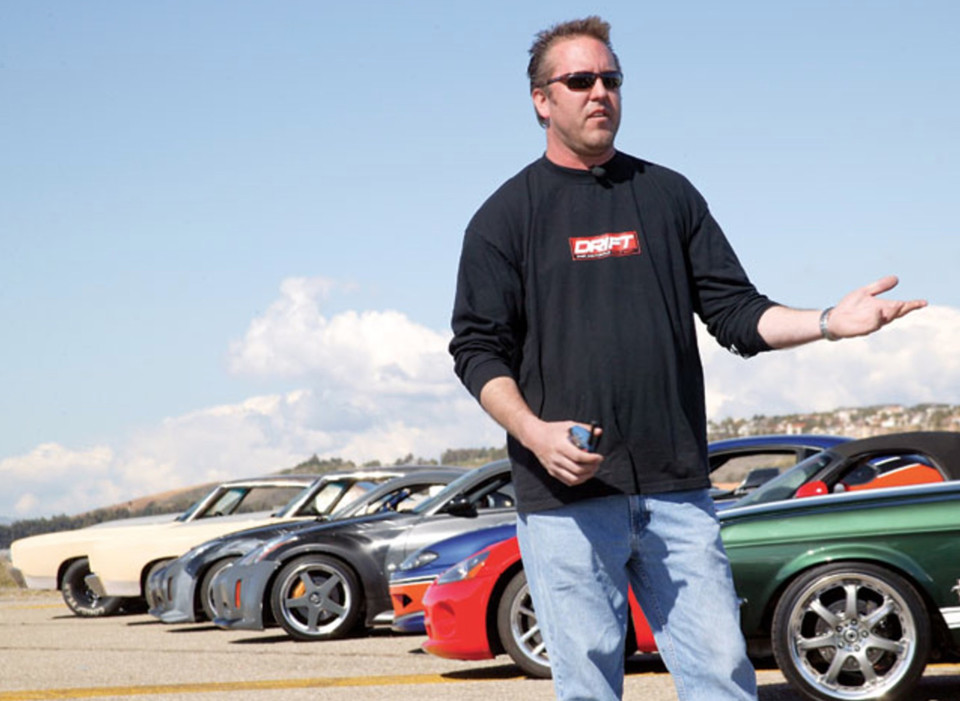
The movie cars’ legendary builder Dennis McCarthy with some of the film’s vehicles in the background
For the movie, no less than nine, first-generation Monte Carlos were built by legendary Hollywood movie-car builder Dennis McCarthy for Universal Studios. He claims that this was his “all-time career favorite out of all of the cars that I made for the Fast and the Furious movies,” and compared the fun he had building it to that of the Eleanor Shelby for Gone in 60 Seconds.
McCarthy built the cars in an industrial warehouse in Glendale, California, that was leased by Universal specifically for the job. “We tried to do everything in-house,” McCarthy recalls. “We had a full metal shop. We had mills. We had MIG welders. And we had our own spray booth. We did a lot of the paints. If something happened and we had to fix some of [the cars] overnight, we had two painters at our warehouse.”
Two of the nine cars were outfitted with big blocks, one a 560 hp, 509 cubic-inch lump, and the other an all-singing, all-dancing 700 hp, 572-cubic-inch Bill Mitchell “Hardcore” crate engine. To match movie dialogue about the car, both engines were disguised with “Hardcore 632” valve covers. The rest of the cars, used mostly for interior and exterior “beauty shots” had 350 V8s.
The two big-block cars were used for the stunt driving and were equipped with Hooker headers and Flowmaster dual-chamber mufflers with 3-inch side exhausts. Power was fed through Richmond T-10 four-speed manual transmissions, Hayes clutches, Lakewood Blow-Proof bellhousings, Wenco 1350 Extreme Performance driveshafts and Moser 12-bolt rear ends running 4.88:1 gears in a spool differential.
To aid the stunt drivers in their ability to use all that power and to enable them to negotiate turns, Global West front control arms and coil springs, KYB shocks, Speedway Engineering anti-sway bars, Global West weight jack plates and quick-ratio steering boxes were fitted to the cars. Wilwood disc brakes hung out behind each of the Cragar 397 steel 15-inch wheels wearing 10-inch wide Goodyear slick tires.
Other mods included Holley Dominator 1050 carburetors, Be Cool radiators, MSD ignitions, Holley mechanical fuel pumps, March pulley systems, Edelbrock water pumps, and Earl’s stainless steel lines. The air and the fuel were mixed in World Products intake manifolds and were given a shot of nitrous. A Jaz fuel cell was mounted in the trunk for extra safety.
The cars were purposely made to look like what a teen of Boswell’s age and abilities could muster, that is to say, rough. In fact, the only exterior upgrades that the car wears are a Fiberglass Trends cowl hood and Hella headlights.
Faded paint, a primer hood, a smashed rear window, and dents aplenty suggest that Boswell had less ability to paint and restore than he did to soup-up, which is wholly believable. Furthermore, since he likes to race for pinks, it stands to reason that he would want to hustle opponents with a sleeper that looks like a beater.
A small, but interesting bit of trivia is that the license plate the Monte wore in this film was later reused on Vin Diesel’s character Dominic Toretto’s Chevrolet Chevelle SS in the subsequent film, Fast & Furious.
The stark interiors of the picture cars consisted of sheet metal fabricated in the shop at Universal with custom-built rollcages, Hurst V-Gate shifters, Beard low-back buckets, Deist seat belts, and Grant steering wheels. Auto Meter gauges replaced the stock gauges.
Tested after filming was complete, the 509 Monte roared to 60 mph in 4.4 seconds and tripped the quarter-mile in 11.97 seconds at 118.3 mph. Pretty darn quick for a car of that size and weight with the aerodynamic properties of an elephant.
While not the prettiest car seen in the Fast and the Furious series, this Chevy was definitely one of the most potent. While the film itself is just fair, it’s worth checking out – if for no other reason than to see what the stunt drivers did in this Monster Monte.



